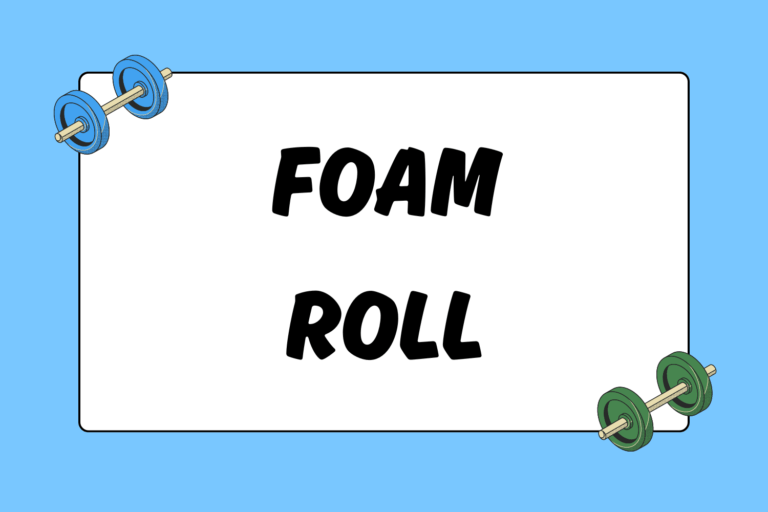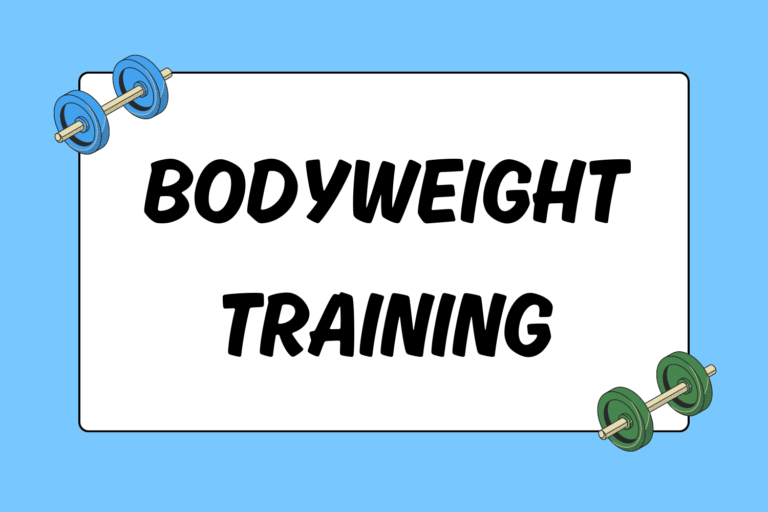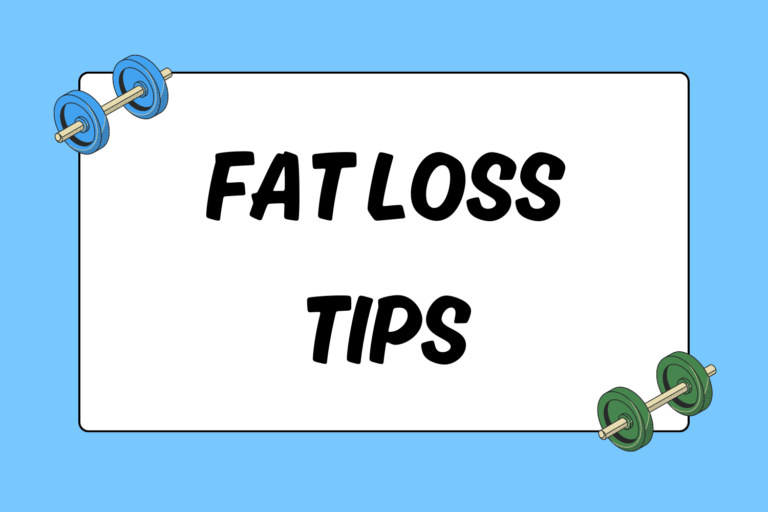The term “core training” holds a prominent position in the fitness industry, but the phrase means different things to different people. Some people interpret core training as simply an abdominal workout. Others believe that the core refers to the deepest layer of abdominal muscles. Both interpretations are actually correct. This guide explains the numerous definitions of the word “core,” and provides core training exercises.
Anatomy of the Core
Two types of muscles make up the area called the core:
- The superficial or outer core layer responsible for spinal movement.
- The deeper or inner layer responsible for spinal stability.
The rectus abdominis and the internal and external obliques comprise the outer layer of core muscles. The rectus abdominis is the large muscle in the center of your abdominal. It flexes your spine, and helps you perform exercises such as crunches and sit-ups. The obliques rotate your torso, and activate during rotational sports such as tennis, baseball, and golf.
The transverse abdominal muscle is the most important deep core muscle. It’s responsible for voluntarily drawing in your abdominal muscles. During exhalation, your transverse abdominal muscles press against your diaphragm, helping you expel air and create a deeper abdominal contraction. The multifidus muscle, located near your spinal vertebra, stabilizes your spine and helps you maintain posture. Effective core exercise programs combine core stability and core strength exercises.
Mental Edge
Picturing a big balloon helps you understand the mechanisms of the transverse abdominal muscle. The balloon expands when you fill it up with air, and flattens when you let the air out. Your belly works the same way. Inhaling fills your belly with air, while exhaling flattens the abdominal area.
Training the Transverse
Core stability exercises may seem simple and subtle, but they maximize your ability to perform core strength exercises in optimal form. These exercises don’t involve any spinal movement. Instead, use your deep core muscles to stabilize your spine. Begin with the drawing-in maneuver, which teaches you how to activate your core:
- Kneel on your hands and knees, with your knees separated hip-width apart, and your hands separated shoulder-width apart.
- Take a breath in, and then exhale, drawing your belly button toward your spine.
- Breathe normally and hold the contraction for 10 seconds. Avoid rounding your back.
- Relax for five seconds, and then repeat. Perform 10 repetitions every day.
Working the Rectus
An ideal workout engages your inner and outer abdominal layers simultaneously. Since your core muscles help you maintain balance and stability, performing exercises such as crunches on balance training equipment helps you engage your inner unit abdominal muscles while you work your outer unit. The stability ball crunch is an ideal example because the ball challenges your balance. If you disengage your core muscles, you will be able to maintain stability.
The following steps explain how to perform stability ball crunches:
- Sit on the ball in an upright position, with your knees bent and your feet separated hip-width apart.
- Walk your feet forward as you slide your spine down the surface of the ball. Your pelvis, lower back, middle back, and upper back should touch the ball’s surface.
- Place your hands behind your head to provide neck support. Avoid interlacing your fingers, because it encourages you to pull on your neck.
- Inhale, and make a small head nod to place your neck in the correct alignment.
- Exhale, draw your belly in and flex your upper torso, so that your ribcage moves closer to your pelvis.
- Inhale and return to the starting position.
The Oblique Core
Your oblique muscles control rotational movement. The rotating plank works your obliques as well as your deeper core.
- Assume a push-up position with your legs extended.
- Bend your elbows and support your weight on your forearms, with your fingers pointed toward your shoulders.
- Breathe in. As you exhale, rotate your lower body so that your right hip moves toward the floor.
- Inhale and return to the starting position, and repeat on the other side. Perform 12 repetitions or six in each direction.
Quality vs. Quantity
Quality always trumps quantity during core training. When your neck, lower back, or hip flexors begin to strain, your deep core muscles have probably fatigued. Forcing extra repetitions doesn’t strengthen or build endurance in your core; it simply trains your other muscle groups to over-compensate. Work smarter, not harder.





